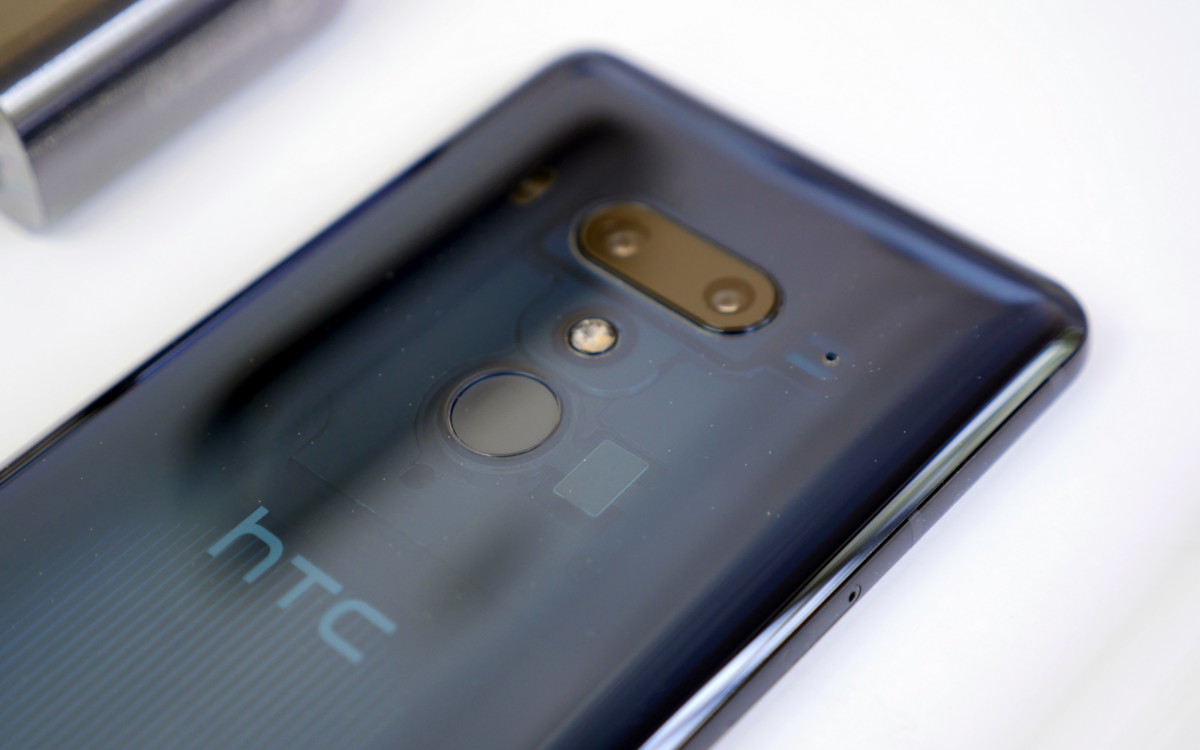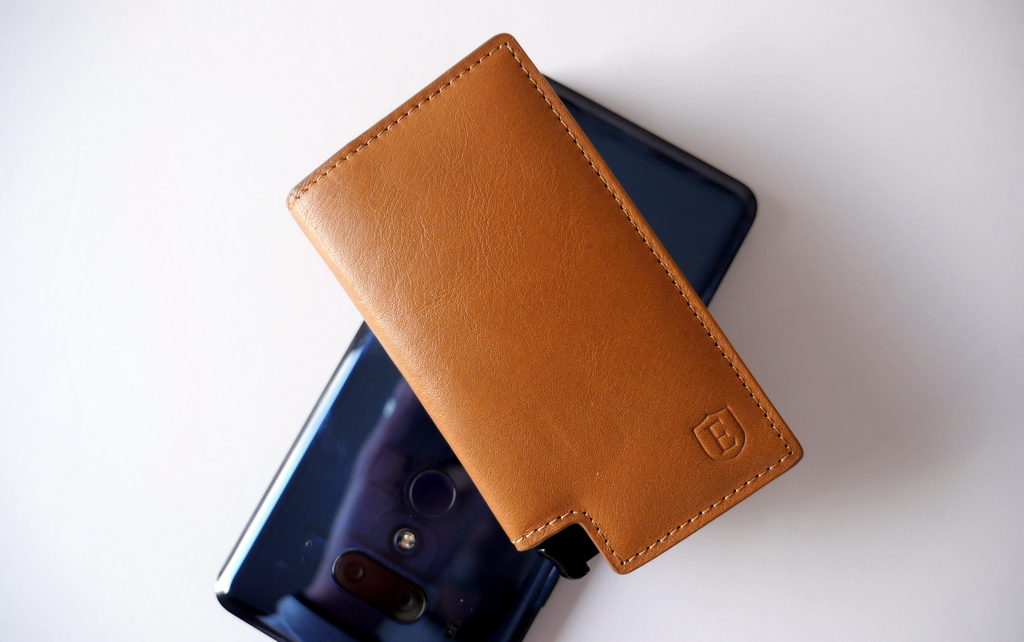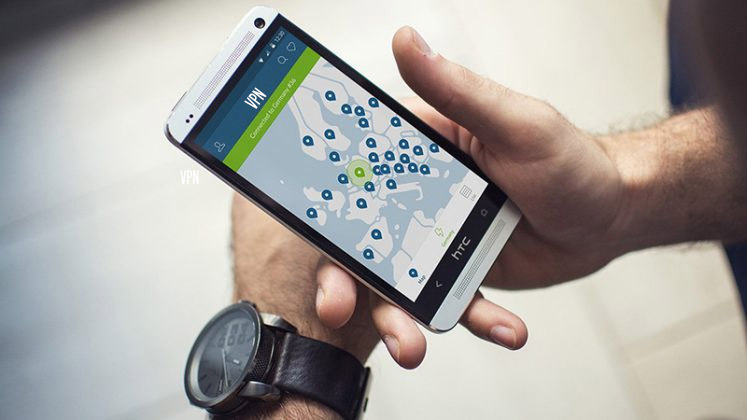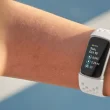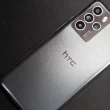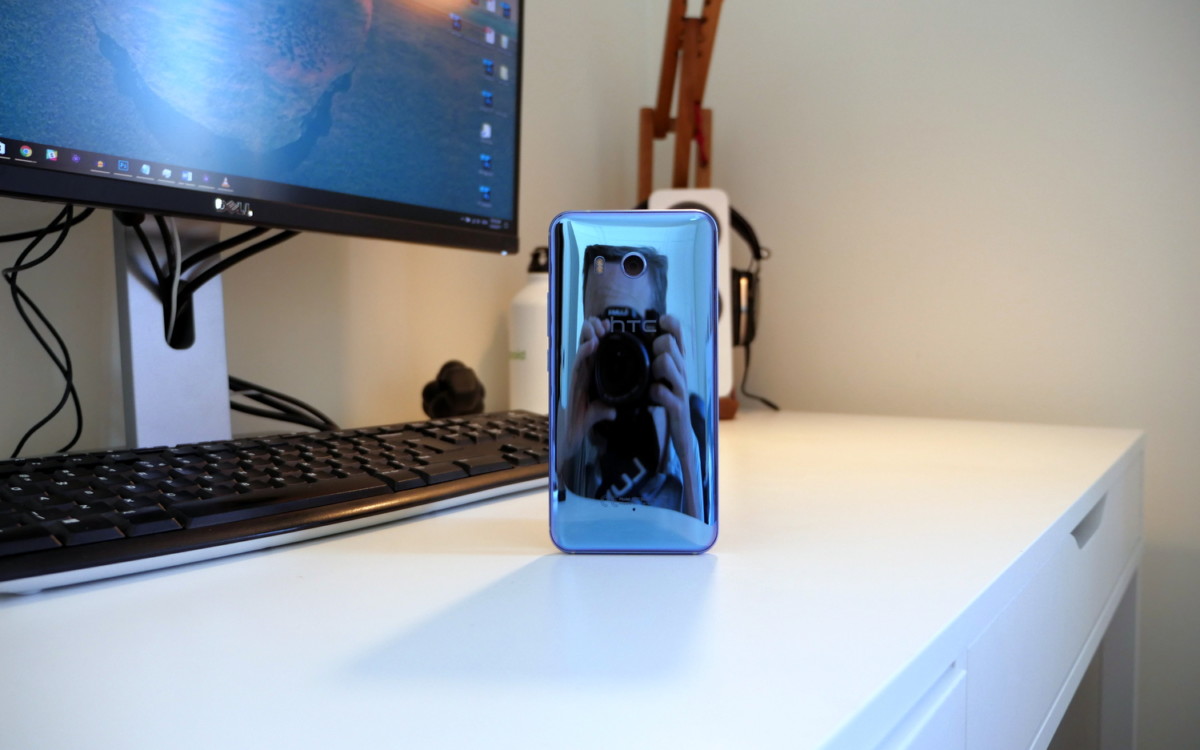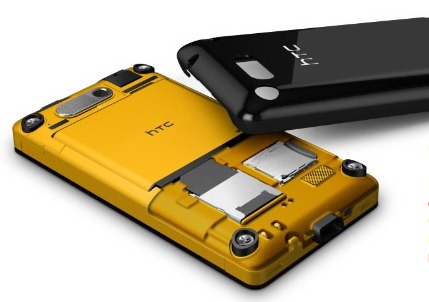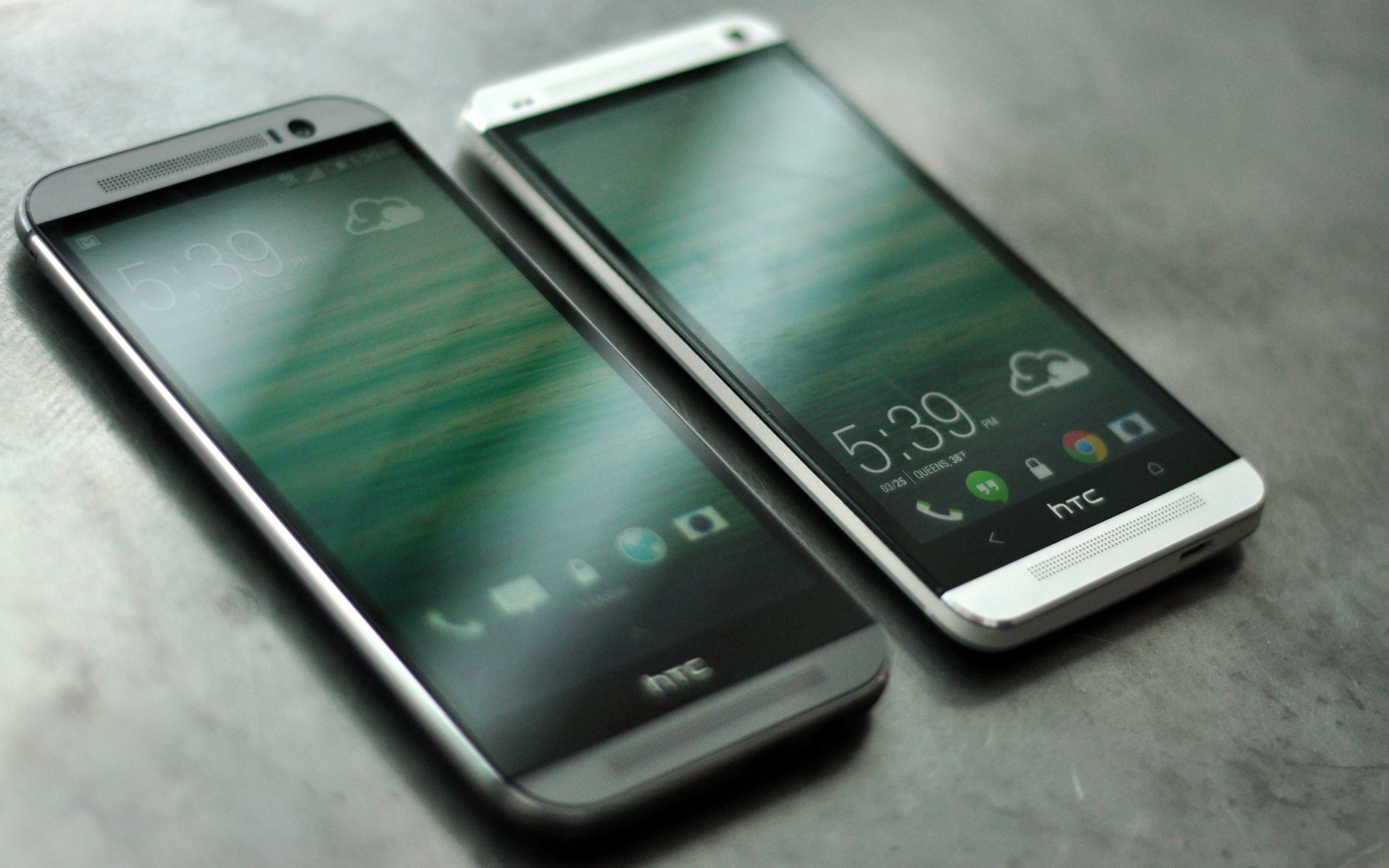Pushing technology to the absolute boundaries of its limitations are exactly what’s gotten us to where we are now. Without a constant check on our hardware and how far it’s able to bend before snapping, we’ll never know what we’re looking for in the next generation of televisions, gaming consoles, cars and, as far as this article goes, smartphones. If you’ve been keeping up with our coverage of the HTC U11+, you’ll know we’ve just recently put out a sparkling review of the upgraded 2017 phone for its bigger 6-inch screen and optimized battery which created a much-needed quality update over the HTC U11 base model. However, we never really shed much light on some of the ways the phone could be benchmarked before its enhanced brethren was released. So if you’ve ever wondered how you could test a new phone and compare it with an older model, we have a few quick tricks to figure out just how far you can push your device. If nothing else, after your testing, be sure to check out androidbenchmark.net to see an elaborate breakdown of all Android phones and how they compare to each other. But before that, charge up your phone to 100 percent and get ready for anything. You’ll also need to grab one of these benchmarking apps so you know just how hard your phone is working.
Overload and Edit
If you recall in our 2017 review of the HTC U11, we heavily praised the device for its stunning image quality. Being able to shoot 12MP camera in nearly any light level is something you won’t always get from a smartphone. But in order to really test out what this beauty can do, take a few videos in low-light and high-light environments and load up Adobe Premiere Clip, a video editing app that managed to make Android Authority’s top 10 best editing apps. Start to mess around with a few clips and get a feel for the app. Then minimize your editor and load up as many apps as you can before minimizing them as well. Load up about three at a time and then go back to editing for a few minutes and don’t stop this cycle until you notice slowing in the phone. Once you see that, you’ll know just how much your phone can handle by checking the number of apps that are open. It’s not a perfect measure of what the phone can do, but you should be able to see just how demanding each and every one of these apps are by looking online or seeing how much RAM it’s taking up in one of the benchmarking apps mentioned prior.
Streaming is the Dream
With video games as popular as they are these days and Twitch gaining popularity because of that, we thought it’d only make sense to test the phone using some gaming software as well. As one of our Android apps of the week, YouTube Gaming not only gives us the means to watch someone’s stream, but we can even stream our own video games. While playing gaming software is already a fairly intensive process for a smartphone, streaming said game is in a whole other league. For the sake of this test, we suggest to boot up something simple like Threes! as it won’t push the phone too hard on its own. After that, boot up YouTube Gaming and get started. Be sure to shut all other apps down on your phone during this test as this trial works best on its own. If you can get a few friends to tune in, that would be best as the more people are watching, the more demanding it will be on your phone. Alternatively, you can test some of the live gaming options like roulette at an online casino as you’ll be streaming in rather than out. It’s easier on the phone and will give you a better understanding of how the phone performs while uploading and downloading. Finally, you can test out games which require more processing power like League of Legends or Dota 2 on the Twitch app.
Graphics Are Where It’s At
This last benchmark test might seem too similar to the last one on the list, but it’s actually more of a test of how the phone handles the software rather than uploading or downloading. This time we’ll have you downloading a game called Dead Trigger 2, a free-to-download zombie survival game that has some of the best mobile graphics out there. Unlike the streaming test, you’re going to want to go back to running other apps at the same time and be sure that you’re not playing the online multiplayer mode. Switch between the game and opening apps until the phone begins to slow and take note of the results.
After all of this, you’ll have a better understanding of what the HTC U11 or any Android phone for that matter can do. Again, it’s not a perfect test, but it’s one that’ll shed light on what your phone does and does not struggle with. Remember that you can also tailor any of these tests to suit functions that you use more often than the ones we’ve suggested.




